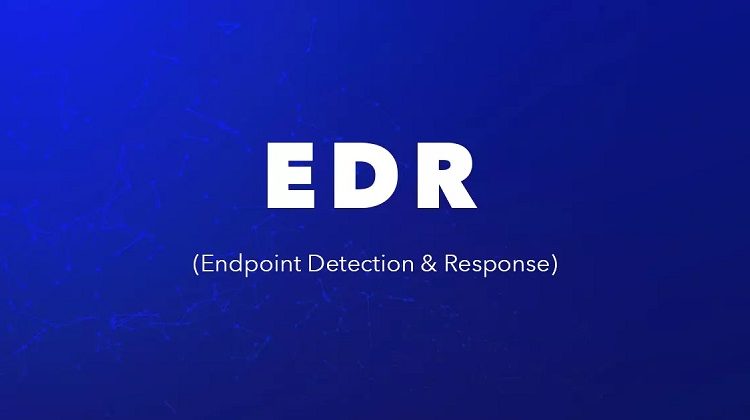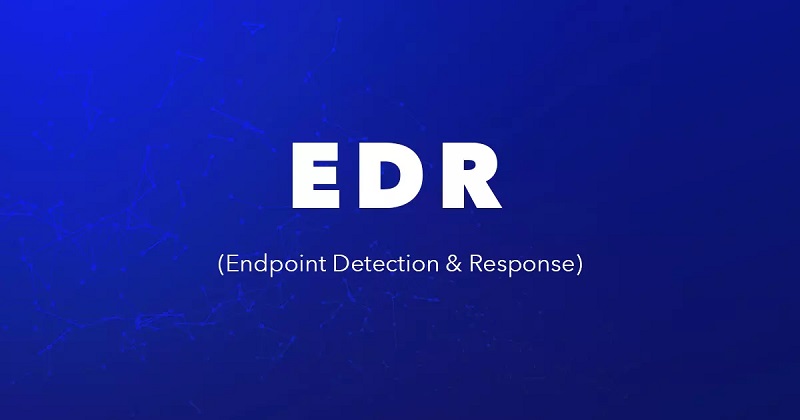EDR Definition – Endpoint Detection and Response Meaning
Updated on July 4, 2023, by OpenEDR

Mitigating Insider Threats with Endpoint Detection and Response (EDR) Solutions:
Insider threats. Just the phrase itself conjures images of shadowy figures lurking within your organization, ready to create havoc from within. But while this might sound like something out of an action movie, insider threats are an ongoing and real concern for businesses around the globe.
Endpoint Meaning:
Insider threats pose a significant threat to any organization’s sensitive data and intellectual property, from disgruntled employees with personal vendettas to innocent parties who fall for sophisticated phishing schemes. That’s where endpoint detection and response (EDR) solutions come into play.
EDR Meaning
We will examine how EDR definition and solutions can assist organizations in mitigating risks posed by insider threats. We’ll delve deep into their inner workings, highlight benefits, and offer some top options currently available on the market – so prepare to be immersed into EDR!

EDR Definition – The value of EDR tools for detecting and responding to critical events
Insider threats pose a considerable threat to organizations, as they could compromise sensitive data and weaken overall security measures. That is why it is vital that businesses implement advanced endpoint detection and response (EDR definition) solutions into their security strategy.
But why are EDR definition and solutions so crucial? They offer real-time visibility into endpoint activities across a network, giving security teams real-time information about any suspicious or malicious activities on endpoints that may represent an insider threat.
EDR definition and solutions also feature sophisticated threat-hunting capabilities. Utilizing machine learning algorithms and behavioral analytics, these solutions detect patterns of abnormal activity that would otherwise go undetected by traditional antivirus software – providing organizations with a proactive way of staying ahead of potential insider attacks.
EDR meaning and solutions not only facilitate detection but also enable quick incident response when an insider threat is identified. Once identified, these tools provide security teams with detailed insight into its source as well as any resulting endpoint disruptions, enabling them to promptly contain and mitigate any damage done before it spreads further throughout their network.
EDR definition and solutions also play a significant role in compliance management. Many industries impose stringent data protection and privacy regulations. By adopting EDR solutions, organizations can demonstrate their dedication to maintaining secure environments for sensitive information – thus helping avoid penalties or legal repercussions.
Investment in an effective EDR definition and solutions is key to effectively combatting insider threats. Not only will these tools increase visibility into endpoint activity and facilitate quick incident response times – protecting vital data against both accidental breaches and intentional malicious attacks from those with access to it.
EDR Definition – Selecting the Best EDR solution
Selecting an Endpoint Detection and Response (EDR definition) solution that best meets the needs of your business can have lasting impacts on its cybersecurity posture. There are many available on the market, so it is crucial that several factors be taken into consideration before making your selection.
First, evaluate your organization’s unique requirements. Consider such factors as the size and complexity of IT infrastructure as well as any compliance obligations you must abide by when doing this evaluation. Doing this will enable you to find solutions tailored specifically to those specific requirements.
Next, evaluate each EDR definition and solution you are assessing carefully for its capabilities. Pay particular attention to features like real-time monitoring, threat intelligence integration, incident response automation, and customizable alerts; these functionalities will give you visibility into endpoint activities while providing effective responses against threats.
Consider scaling requirements. As your business expands, so will its security needs. Find an EDR solution that can adapt without impacting performance or increasing costs exponentially.
Another crucial consideration is the ease of use. Look for solutions with an intuitive user interface and simplified workflows, so even non-technical staff can navigate them effortlessly. Also, consider any training or resources necessary for the implementation and management of an EDR solution successfully.
Cost should also be an important consideration but should not take precedence over functionality and effectiveness when selecting solutions. Carefully compare pricing models; some vendors charge per endpoint, while others provide unlimited endpoints at one fixed cost.
Take advantage of trial periods offered by vendors whenever possible. By trying different solutions firsthand, it allows you to accurately gauge their effectiveness within your environment before committing fully.
As long as you consider these factors when choosing an EDR solution for your business, you can make an informed choice that addresses both current needs and long-term growth plans.
Conclusion – EDR Definition
Modern businesses face the constant risk of insider attacks from within, whether from disgruntled employees with malicious intentions or innocent staff who fall victim to phishing scams. Therefore, organizations must remain vigilant in safeguarding sensitive data and assets that belong to their organizations. Endpoint Detection and Response (EDR definition) solutions offer a formidable defense against these internal threats by continuously monitoring endpoints for suspicious behavior that indicates potential risks before they cause significant harm to an organization’s security or customer trust. EDR implementation cannot be overstated; not only can these tools strengthen overall security posture, but they help organizations comply with industry regulations while at the same time upholding customer confidence.
Related Resources: